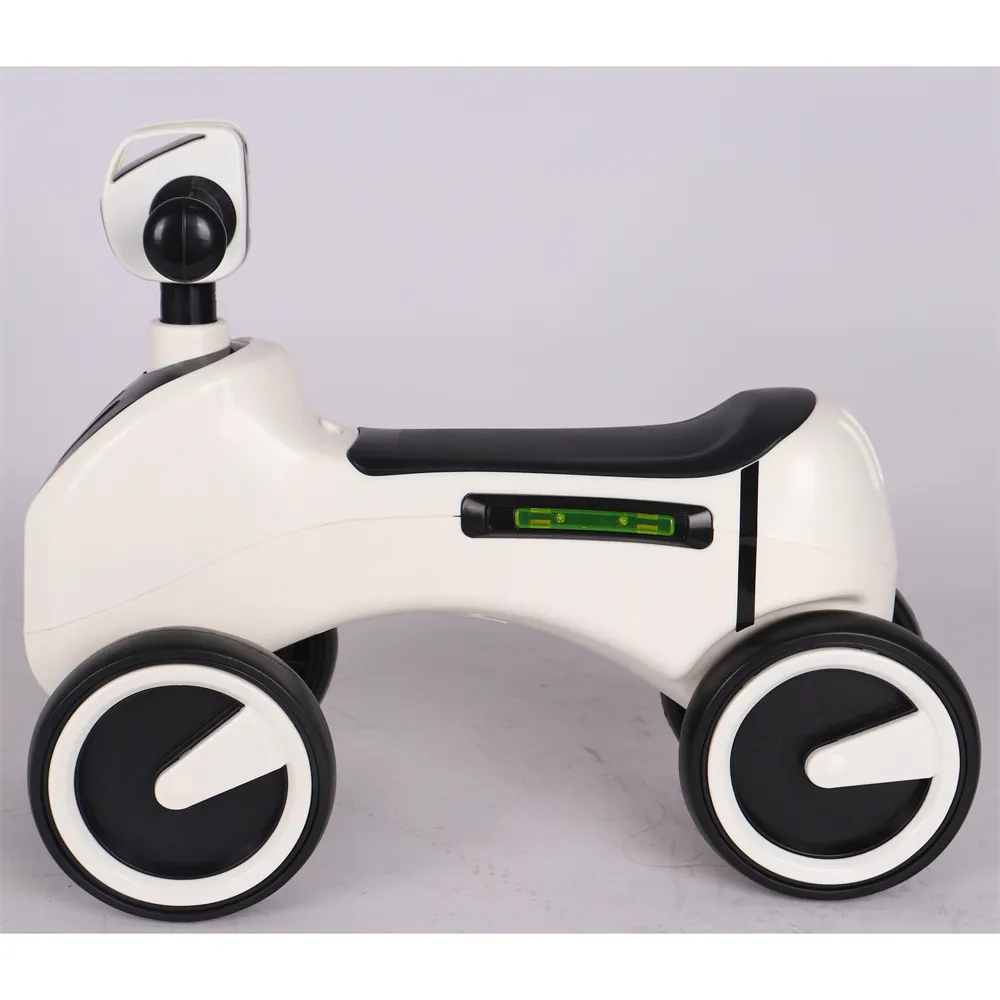Exploring the Thrills of Downhill Mountain Biking Adventures
Exploring the Thrill of Downcountry Bikes A Perfect Merge of Trail Performance and Cross-Country Efficiency
In the world of mountain biking, the evolution of bike design has led to the emergence of a hybrid category known as downcountry bikes. These bikes are a fascinating blend of trail performance and cross-country efficiency, appealing to riders who want the best of both worlds. As mountain biking aficionados continue to seek the thrill of fast descents and challenging climbs, downcountry bikes have risen to prominence, redefining what it means to ride on diverse terrains.
What is a Downcountry Bike?
Downcountry bikes typically feature a lightweight frame, generally in the range of 130mm to 140mm of rear suspension travel, which provides enough cushion for technical descents while maintaining agility for climbing. They are designed with a focus on efficiency, making them suitable not just for casual rides but also for race-day performance. The geometry of downcountry bikes often mirrors that of trail bikes, yet they lean towards a more aggressive stance, allowing riders to tackle steep inclines and tricky downhill sections seamlessly.
Characteristics of Downcountry Bikes
1. Suspension The hallmark of downcountry bikes is their suspension system. They strike a delicate balance by providing sufficient travel to absorb shocks on rough trails while remaining nimble enough for climbing. With modern technology, brands have engineered suspension systems that are lightweight and responsive, making them ideal for varied terrains.
2. Tires and Weight Downcountry bikes are equipped with wider tires to enhance stability and traction without significantly adding weight. This allows for a faster and more comfortable ride, whether on smooth paths or rocky trails. The weight of the bike itself is a critical aspect, as brands aim for a lightweight design that still maintains durability.
downcountry bikes

3. Geometry The geometry of downcountry bikes is designed for versatility. A slacker head tube angle offers improved stability on descents, while steeper seat angles promote efficient power transfer when pedaling uphill. This multifaceted geometry is essential for cyclists who enjoy changing their riding style based on the terrain they encounter.
Why Choose a Downcountry Bike?
One of the primary draws of a downcountry bike is its versatility. Riders who own this type of bike can tackle a variety of trail conditions, whether they are facing smooth uphill climbs or rough downhill runs. This versatility positions downcountry bikes as an optimal choice for riders seeking an all-in-one solution for their mountain biking adventures.
Moreover, as biking technology continues to advance, downcountry bikes are becoming increasingly user-friendly. Features such as dropper posts and sophisticated gearing systems enable riders to adapt quickly to different environments, making their rides more enjoyable.
The Downcountry Experience
Riding a downcountry bike is about embracing the experience of mountain biking in its entirety. It allows riders to explore the great outdoors with confidence, no matter the trail's condition. As riders navigate through forest trails, flowy singletracks, or rocky paths, the capability of these bikes shines through. The thrill of descending comes with the added joy of knowing that your bike is equally equipped for the climb ahead.
In conclusion, downcountry bikes represent a remarkable advancement in the realm of mountain biking, offering an exciting mix of performance and efficiency. Whether you’re a seasoned rider or someone looking to explore the trails for the first time, downcountry bikes provide an enriching and exhilarating experience that invites adventure and a deeper connection to nature. As the popularity of these bikes continues to grow, they are set to become a staple in the arsenal of mountain biking enthusiasts around the globe.
-
The Perfect Baby TricycleNewsAug.11,2025
-
Ride into Fun with Bikes for KidsNewsAug.11,2025
-
Ride into Adventure with the Perfect Kids Balance BikeNewsAug.11,2025
-
Fun and Safe Riding with the Best Childrens ScootersNewsAug.11,2025
-
Find the Perfect Childrens Bike for Your Little OneNewsAug.11,2025
-
Explore the Best Baby Tricycles for Your Little OneNewsAug.11,2025
-
Three-Wheel Light-Up Scooter Benefits for KidsNewsJul.11,2025








